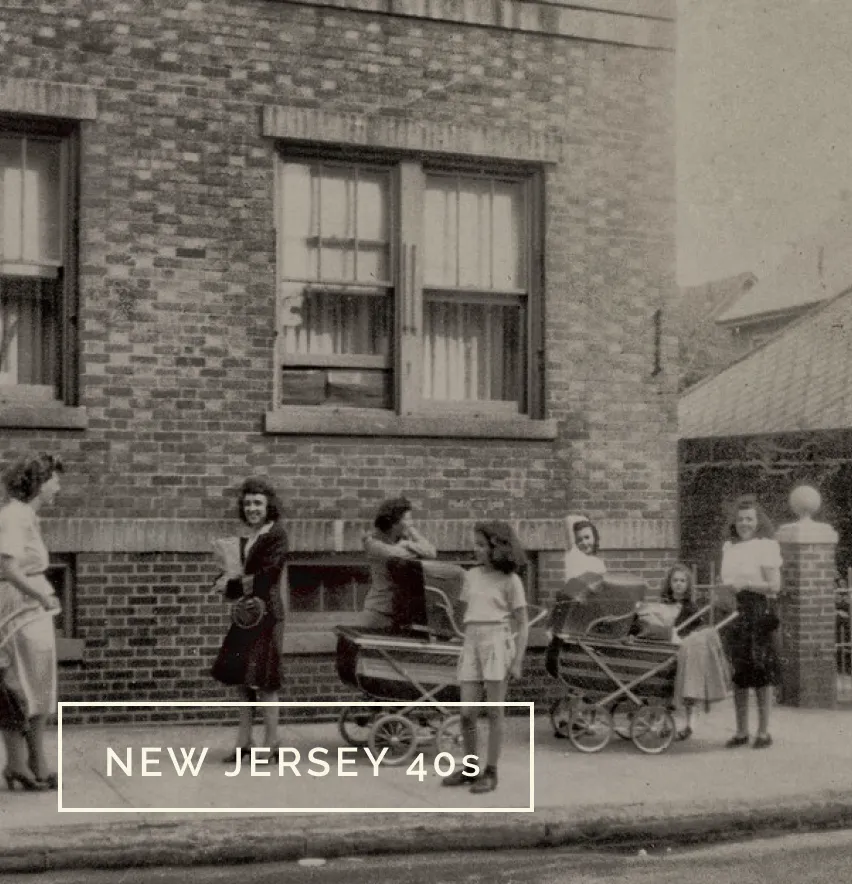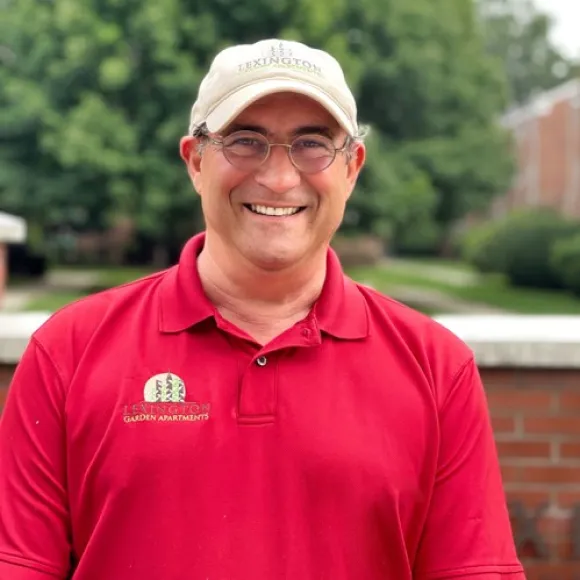About us
Lexington Garden Apartments is a 108 Garden Style apartment complex comprising nine buildings in the heart of Passaic, New Jersey. It was constructed between 1947 and 1949 under President Harry Truman’s “Fair Deal” in collaboration with the “Federal Housing and Rent Act of 1947” as a project to encourage the construction of new rental housing in cities. Once completed it was purchased by Laura and Russell Eckert and has been family owned and operated ever since.

There are five different types of apartments mostly consisting of one bedroom, however there are twelve two bedroom units in three different buildings. The other 96 apartments were designed to meet the labor demands of the nearbuy textile plants.
Many of the workers were single men so one bedroom apartments, many with efficient kitchens, were constructed. You can see still a few of what is left of these efficient kitchens today. They were built in closets with panel doors to hide when not in use.
Lexington Garden Apartments has a laundry room on site with 7 washing machines and 6 dryers for your convenience as well as an onsite leasing office and round the clock maintenance personnel.
Types of apartments
Lexington Team
Hello from your Lexington Garden Support Team. We are here to make your life easier so you can do what you do best, live your life. If you have any maintenance request, delivery request or just want a friendly hello, please reach out to one of us and we will be happy to help.

ALDENYS PALACIOS
Property Manager

ATILIO ARELO
Maintenance
Location
254 Harrison Street, Passaic, NJ 07055
Equidistant from the Holland Tunnel, Lincoln Tunnel and Newark Airport, Lexington Garden Apartments is located in commuter-friendly Passaic, NJ. The city was chartered in 1873 and has long served as an industrial keystone in the region.
Passaic has been called “The Birthplace of Television” since 1931 when experimental television station W2XCD began transmitting. The Okonite company began manufacturing electrical cable here in 1888, with early uses of the company’s insulated wires including some of the earliest telegraph cables and the wiring for Thomas Edison’s Pearl Street Station in Lower Manhattan.
Today, the city has several thriving business districts: Main Avenue begins in Passaic Park and follows the curve of the river to downtown. Broadway runs east – west through the center of the city. Monroe Street has many shops, restaurants and businesses reflecting the city’s Latino and Eastern European populations. The city is home to several architecturally notable churches, including St. John’s Lutheran Church, First Presbyterian of Passaic, and St. John’s Episcopal Church.